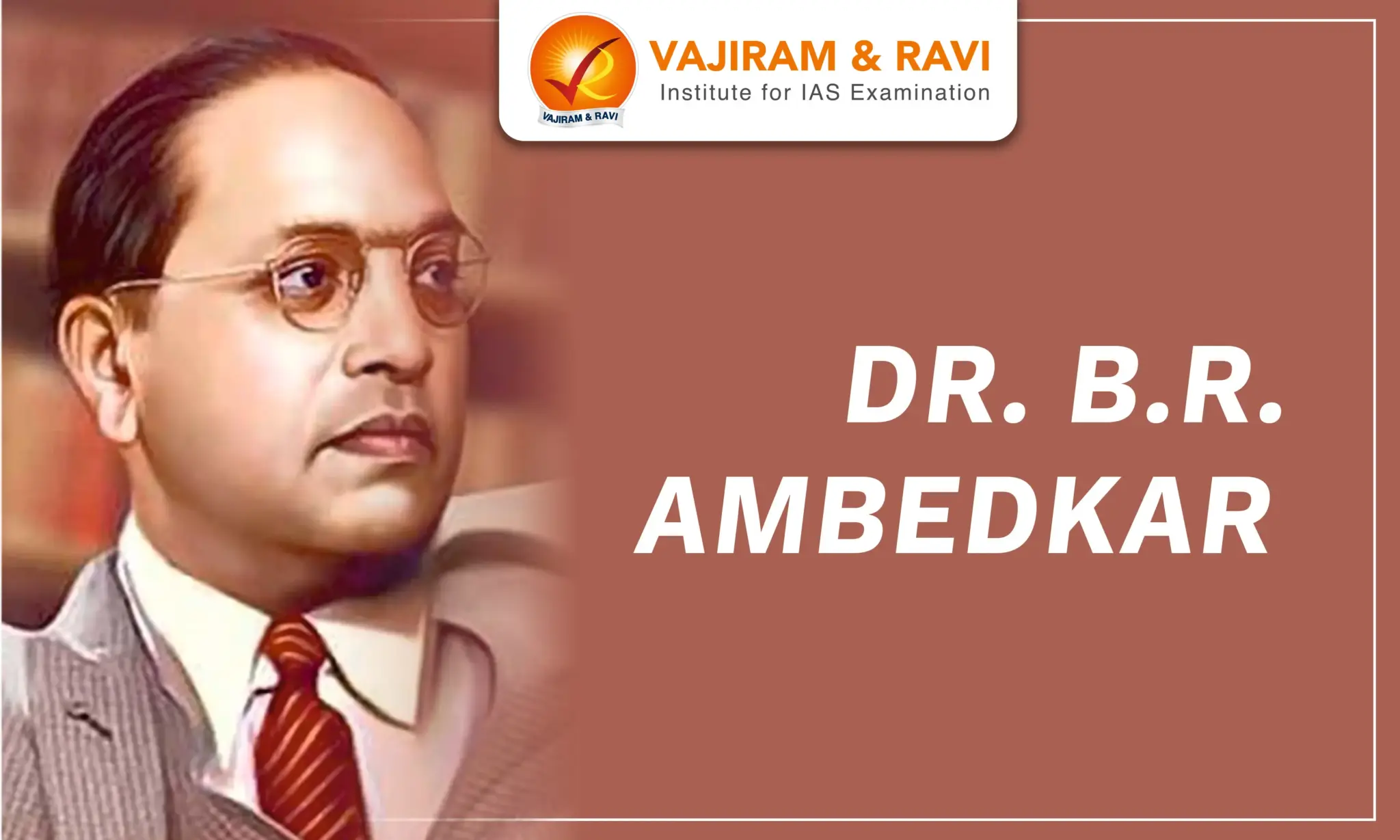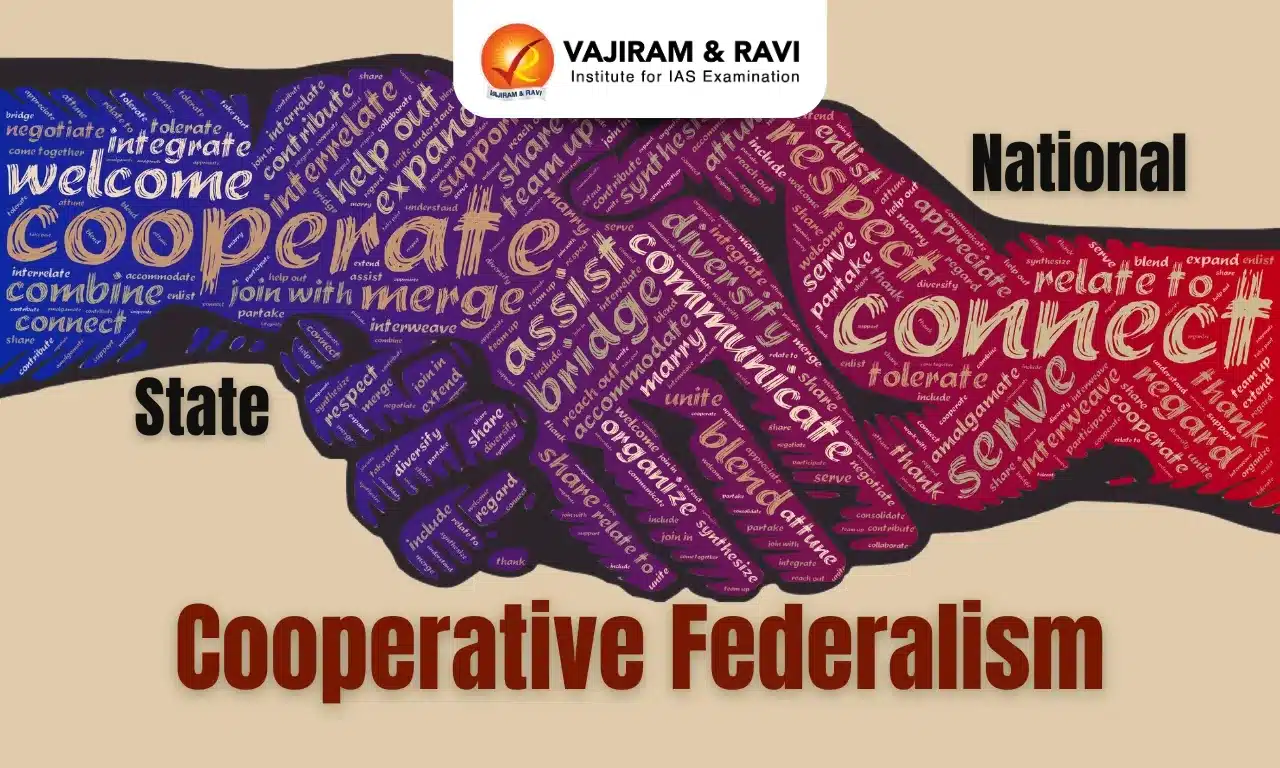5G is the fifth generation of cellular mobile communications with revolutionary services, which succeeds the 4G, 3G, and 2G (GMS) systems. 5G technology is the next generation of mobile networking standards and promises to deliver an improved end-user experience by offering new applications and services through seamless coverage, a high data rate, low latency, significantly improved performance, and reliable communications.
5G technology will increase energy efficiency, spectrum efficiency, and network efficiency, as well as the efficiency of other systems.
Evolution from 1G to 5G Technology
1G, 2G, 3G & 4G ("G" stands for "Generation") are the generations of wireless telecom connectivity.
| 1G |
- It was the first wireless telecom network system introduced in the 1980s. - Early devices like“brick phones” and “bag phones” operated on 1G technology. |
| 2G | - Launched in the 1990s, 2G represented a shift from analogue to digital cell phones. |
| 3G |
- The 3G came with the new Wireless Code-Division Multiple Access (CDMA) technology. - Introduced in the 2000s and provides mobile phones with broadband-speed internet access. - Further development led to the creation of 3.5G; Speed- up to 7.2 MBPS. |
| 4G |
- The 4G, was launched in 2009 globally (India 2012). - LTE (Long-Term Evolution) is a fourth-generation (4G) wireless standard that provides increased network capacity and speed.
- VoLTE (Voice over Long-Term Evolution) allowed voice calls via the 4G network, supporting simultaneous voice and data services. - Speed: Upto 1 Gbps. |
| 5G |
- 5G, the 5th Generation Mobile technology, revolutionised the use of cell phones with its high bandwidth capabilities. - The network utilises advanced technologies to deliver ultra-fast internet and enhanced multimedia experiences. - It supports a virtual private network and offers high resolution in cell phones. - It also provides subscriber supervision tools for fast action. |
Different Bands of 5G
A band refers to a specific range of frequencies in the electromagnetic frequency spectrum assigned to certain applications. There are essentially three types of 5G bands supported in India.
- Low-band 5G transmits around the 600 to 700 MHz range, providing blanket coverage but offering slow speeds around 50 Mbps.
- Mid-band 5G transmits around 1.7 GHz to 2.5 GHz, offering a solid balance between coverage and speed (100-900 Mbps).
- High-band 5G operates at 24 GHz or higher, providing the fastest speeds (1 Gbps speeds) over short distances.
Advantages of 5G Technology
5G technology is positioned as the next-generation wireless technology; it builds on predecessors, introducing a paradigm shift and unlocking new possibilities for industries and consumers alike. The following are the advantageous features of the 5G technology:
- Increased Connectivity: 5G technology is expected to deliver faster and more reliable internet connectivity, facilitating more devices to connect to the internet and enabling new technologies and applications to operate with lower latency.
- Enhanced Experiences: 5G is expected to offer new and improved experiences in virtual and augmented reality, gaming, and video streaming.
- Enabling Real-Time Collaboration: People will be able to interact and collaborate in real-time in virtual environments via 5G technology, which will eliminate the delays and lag that are currently experienced on slower networks.
- Supporting High-Quality Content: 5G technology is enabling the creation and delivery of high-quality content such as 3D graphics.
- Enabling new applications and services: 5G technology is expected to enable new metaverse applications and services such as virtual education, virtual healthcare, and virtual tourism.
Limitations of 5G Technology
5G technology has the potential to improve enterprise operations and the competitiveness of the digital economy. However, there are also some negative aspects to consider, including the following:
- High infrastructure cost: 5G service is likely to be more expensive, at least initially, because the deployment of 5G networks requires significant investment in infrastructure and its improved features may also be reflected in the price of 5G service.
- Security Risks: 5G networks, like any new technology, may be vulnerable to security threats such as hacking and cyberattacks.
- Privacy Concerns: Concerns about personal privacy may arise as a result of the increased use of data and connected devices enabled by 5G technology.
- Device Compatibility: The transition to 5G necessitates compatible devices, with newer models supporting it. Older devices may not work with 5G, causing a fragmented user experience.
- This rollout may worsen economic and social inequalities by unevenly distributing access to technology.
- Health Concerns: There are concerns about the potential health consequences of 5G, such as increased exposure to radiofrequency (RF) radiation.
- However, the World Health Org
- anization has determined that the levels of RF radiation emitted by 5G technology are safe.
Applications of 5G Technology
5G Technology will enable wireless service providers to develop innovative business models, benefiting various sectors like industrial, commercial, educational, healthcare, agriculture, etc.
- Health Sector: 5G technology can facilitate high-quality telemedicine services, allowing for remote consultations, real-time monitoring of patients, and tele-treatment where doctors can treat patients while maintaining social distancing norms like those required during COVID-19.
- Internet of Things (IoT): 5G’s promise of low latency and high network capacity helps to eliminate the biggest limitations to IoT expansion.
- Augmented and Virtual Reality: 5G backhaul enables data speeds that are several times faster than 4G, ensuring real-time and uninterrupted AR/VR experiences.
- Agriculture: Using data from sensors installed directly in fields, farmers can pinpoint which areas require water, have a disease, or require pest management.
- Manufacturing: Factories will also use 5G to control and analyze industrial processes with an unprecedented degree of precision.
- 5G offers unimaginable possibilities to power Industry 4.0, from video monitoring to fixed wireless access, immersive experiences and smart stadiums toe-health, machine remote control, cloud robotics, process automation, and assisted/autonomous vehicles.
- Logistics:Inventory tracking is costly, slow, and difficult in shipping and logistics. 5G has the potential to improve vehicle-to-vehicle communication as well as vehicle-to-infrastructure communication.
- Fleet monitoring and navigation will become significantly easier at scale with 5G.
India and 5G Technology
5G services were launched in India in October 2022. The 5G network has been rolled out in all 28 states and 8 UTs now. This is one of the fastest 5G rollouts in the world. As of October 2023, the number of 5G users now stands at over 100 million.
- According to the Ericsson Mobility Report, by the end of 2028, there will be 700 million 5G users in India.
- 5G services are also expected to play a major role in achieving the economic goal of making India a $5 trillion economy by 2024-25.
- Promoting Digital India: Fast and reliable mobile communication technologies provided by 5G are helping the government realize the objectives of the Digital India programme by empowering citizens through services like Unified Payment Interface (UPI).
- BharatNet Phase-III: It aims to provide broadband connectivity to all gram panchayats (village councils) in the country, with the ultimate goal of connecting every village in India to the internet.
- 5G and BharatNet will together have 1.2 billion internet users, making India the single largest connected nation.
Initiatives for 5G in India
The government of India has taken several steps for the 5G rollout in India:
- 5G High-Level Forum: It was set up in 2017 to articulate the vision for 5G in India and to recommend policy initiatives & action plans to realize this vision.
- ‘Indigenous 5G test bed’: This three-year program began in March 2018 to build proof-of-concept 5G prototypes that are broadly compliant with the 3GPP standards.
- The Department of Telecommunications (DoT) has offered the usage of 5G test beds free of cost to the Start-ups and MSMEs recognised by the Government of India up to January 2024.
- The National Digital Communication Policy-2018: It envisages the following with respect to the rollout of 5G services:
- Enabling high-speed internet, the Internet of Things, through the rollout of 5G technologies
- Implementing an action plan for the rollout
- Ensuring availability of spectrum for 5G in 6 GHz bands
- Reviewing industry practices with respect to traffic prioritization to provide 5G-enabled applications and services
Challenges for 5G Rollout in India
- Lack of infrastructure: To have ubiquitous 5G network connectivity in India, it is important to enable the use of street infrastructure for hoisting small cells, deployment of in-building solutions, and fabrication of towers.
- 5G standards: A variant of the global standard for 5G (3GPP- 3rd Generation Partnership Project) has been developed in India, known as Telecommunications Standards Development Society, India (TSDSI)’s Radio Interface Technology (TDSI-RIT).
- TDSI-RIT improves rural coverage while lowering costs to cover a specific, defined area. As TDSI-RIT standards are not globally harmonised this could lead to increased costs for network and customer devices and interoperability issues.
- Low tower fiberization: India’s low tower fiberization is hampering the ambitious 5G deployment, which has not yet reached the halfway level against a goal of 70% by 2024.
- Setting up of 5G use case labs: Telcos are struggling to develop relevant use cases, besides faster speeds, for wider adoption and monetisation.
Last updated on November, 2025
→ Check out the latest UPSC Syllabus 2026 here.
→ Join Vajiram & Ravi’s Interview Guidance Programme for expert help to crack your final UPSC stage.
→ UPSC Mains Result 2025 is now out.
→ UPSC Notification 2026 is scheduled to be released on January 14, 2026.
→ UPSC Calendar 2026 is released on 15th May, 2025.
→ The UPSC Vacancy 2025 were released 1129, out of which 979 were for UPSC CSE and remaining 150 are for UPSC IFoS.
→ UPSC Prelims 2026 will be conducted on 24th May, 2026 & UPSC Mains 2026 will be conducted on 21st August 2026.
→ The UPSC Selection Process is of 3 stages-Prelims, Mains and Interview.
→ UPSC Result 2024 is released with latest UPSC Marksheet 2024. Check Now!
→ UPSC Prelims Result 2025 is out now for the CSE held on 25 May 2025.
→ UPSC Toppers List 2024 is released now. Shakti Dubey is UPSC AIR 1 2024 Topper.
→ UPSC Prelims Question Paper 2025 and Unofficial Prelims Answer Key 2025 are available now.
→ UPSC Mains Question Paper 2025 is out for Essay, GS 1, 2, 3 & GS 4.
→ UPSC Mains Indian Language Question Paper 2025 is now out.
→ UPSC Mains Optional Question Paper 2025 is now out.
→ Also check Best IAS Coaching in Delhi
5G Technology FAQs
Q1. What is 5G technology?+
Q2. What is the difference between 4G and 5G technology?+
Q3. What are the different bands of 5G?+
Tags: 5g technology quest




















